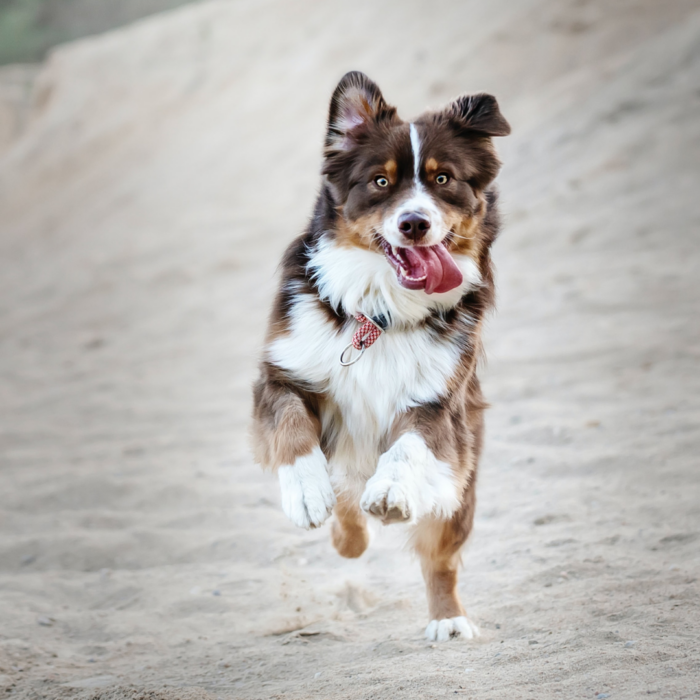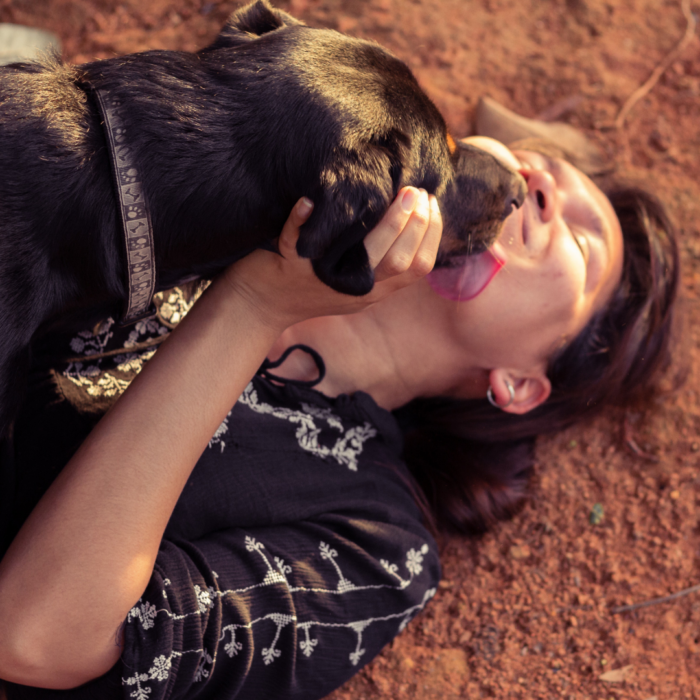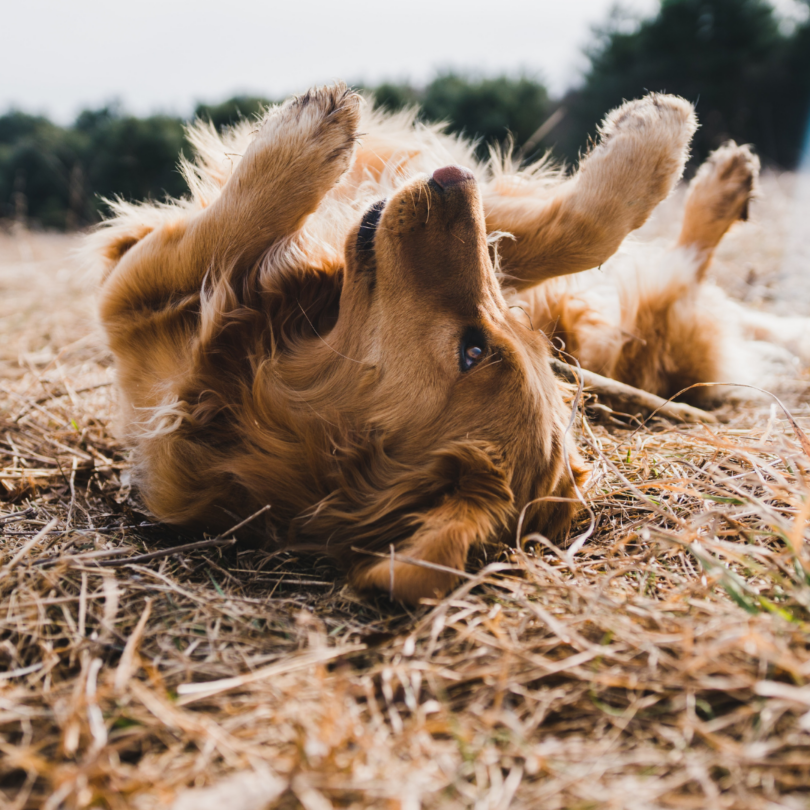In episode 41 of the Paws & Reward Podcast, I am joined by Dr. Amy Cook as we discuss dog play and the best ways to play with our dogs. As many listeners might know, Amy is the creator of the Play Way, a wonderful framework used to help pet parents drop in, connect, and play with their dogs. One might think they don’t need help learning how to play with their dog, but trust me, you most likely do! Watch our conversation on my YouTube Channel.
What is the Play Way?
“The Play Way is Amy’s method of helping shy and fearful dogs overcome these issues to live a happier, less-stressed life. Rather than focusing on food, as many do when working with these dogs, Amy has established a more nuanced rehabilitation process that revolves around personal, social play.
She believes play is a much more reliable method of judging a dog’s true behavioral thresholds, while being equally effective at changing the dog’s conditioned emotional response to particular stimuli. Play is both an indicator of stress and an intervention for stress!”
– Dr. Amy Cook from Play Way Dogs
Why is it so important to teach humans the best way to play with dogs?
Pet parents with dogs that have behavior issues, often report a strained relationship. We tend to focus all of our energy on the problem rather than remembering what we enjoy about our dog. A dog with behavior issues can make us feel stressed, embarrassed, and worried. Playing with your dog can rejuvenate the relationship and help you reconnect.
Play can help us drop our expectations since we’re not trying to train our dog to do anything specific or to change their behavior. We are simply spending time together. It gives us a boost and reinvigorates us to push through the hard stuff.
What are some important elements of the Play Way?

Adding in elements that are familiar to our dogs, like getting on the floor and using our body to play, shows our dogs that we are trying to speak to them in their language. It’s an opportunity for us to mimic how dogs play with one another.
The biggest element of The Play Way includes sharpening your observation skills. We are offering a gesture and waiting to see how the dog responds. We do not continue unless we have observed some kind of consent and engagement back. This style of playing with your dog is about listening throughout the entire session and ensuring you are having a dialogue with your dog instead of a monologue. It’s an invitation for our dogs to engage with us in a different way and an invitation for us to listen deeply!
What are some of the common mistakes you see humans make during play?
Common mistakes include focusing on tossing a ball, playing tug, or only using play as a reinforcer for training rather than genuinely having fun and being in the moment. Throwing a ball or playing tug are great ways to interact with our dogs and give them other exercise and behavior outlets, but it’s not the same as encouraging moments of connection while being silly with our dogs. Letting your guard down and seeing them transform into a goofy pup is magical.

How can play tell us important information about our dogs and how do we define threshold in this context?
Dog play can be such a great indicator of our dog’s comfort level. If they are not playing, then one reason might be that they are over-emotional threshold.
Ask these questions to determine your dog’s comfort level (threshold):
- What body language and behaviors am I observing in the moment?
- Is my dog feeling safe in this environment based on these observations?
- Can I keep going with this play session or not?
Dogs will not play if
they do not feel safe.
– Dr. Amy cook
If a new sound or distraction happens in the environment, dogs will stop and shift their attention to that new thing. They will determine if it’s something to be concerned about or not. Once they have made a choice, they may come back and re-engage in play with you which gives you valuable information about your dog’s needs, concerns, and threshold.
When play disappears, you are over their therapeutic threshold. It’s one step away from your dog feeling total comfort and safety. Play is a fragile behavior and can be shattered easily with small concerns and triggers within the environment.
Over time, play will become more and more natural for both you and your dog. It will strengthen your connection and help your dog feel more confident. As humans, we need time to decompress and have fun. The same can be said about our dogs. Play can change our relationship for the better.

